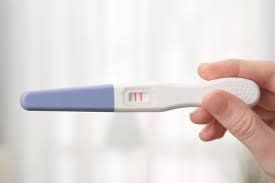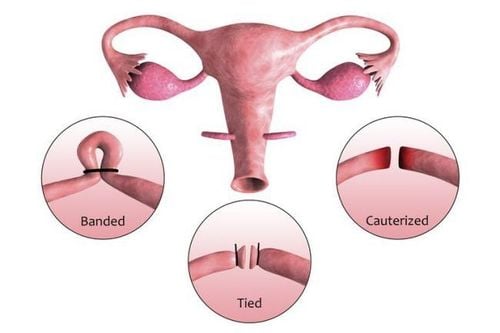This is an automatically translated article.
There are many methods of contraception, but diaphragmatic contraception is one of the optimal methods that many women can choose.1. What is the vaginal diaphragm?
The diaphragm is a cone-shaped contraceptive device that points in and fits snugly against the cervix. To be effective at preventing pregnancy, the diaphragm must fit snugly against the cervix. The doctor will have to measure the vagina to choose the correct size, suitable for each case.
The doctor or nurse will also show you how to put the diaphragm in and how to remove it. You should read the instructions for use from the company that manufactures the diaphragm you are using.
To make sure you know how to use the diaphragm correctly, it's best to practice putting it on and taking it out at the clinic. The doctor will simultaneously check and see if the diaphragm is suitable for each case.
To reduce the risk of pregnancy, you need to know how to use the diaphragm correctly and must use it every time you have sex. It is possible to use both a diaphragm and a spermicide to prevent pregnancy. A diaphragm can be inserted 1 hour before sexual intercourse. Each time, the diaphragm will provide protection for 6 hours.
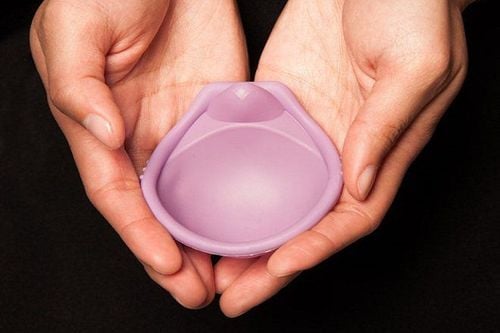
Màng ngăn là một dụng cụ tránh thai hình nón vòm hướng vào và khít với cổ tử cung
2. How to use the diaphragm
2.1 Prepare the diaphragm Before inserting the diaphragm, pour 1 teaspoon of spermicide or cream into the diaphragm. Apply the gel around the mouth of the diaphragm with your hands. Do not use vaginal lubricants or creams (such as Monistat) because small holes can be created in the diaphragm.
2.2 Insertion of the diaphragm into the vagina The diaphragm can be inserted into the vagina in a lying, squatting or standing position with one leg on a chair. Extending your legs, slightly bending your knees can make it easier. Once in place, follow these steps:
Using one hand fold the diaphragm in half with the dome underneath (as shown below). Keep your vagina open with your other hand. Insert the diaphragm into the vagina, towards the tailbone (as shown below), push the diaphragm into the vagina as deeply as possible. Using one finger push the front rim of the diaphragm up just behind the pubic bone, toward the navel.
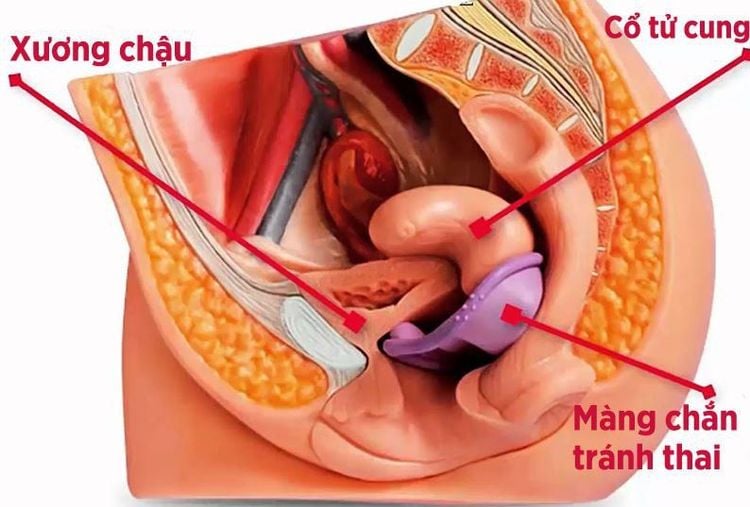
Hình ảnh mô phỏng vị trí đặt màng ngăn âm đạo
2.3 Check Diaphragm Placement Use your finger to feel the cervix inside the dome of the diaphragm. The cervix feels firm but not stiff. Similar to the feeling of the tip of the nose.
If the diaphragm does not fully cover the cervix or the cervix is not felt, it is due to improper placement of the dome. It is necessary to remove the diaphragm, add some spermicide gel and put it back in.
The diaphragm will not fall off when you cough, squat, sit on the toilet or walk. If the diaphragm is in the correct position when performing the above movements, the anterior edge of the diaphragm is in the correct position at the superior pubic border.
Trắc nghiệm: Bạn đã biết cách tránh thai an toàn chưa?
Có rất nhiều biện pháp tránh thai an toàn nhưng không phải ai cũng biết được điều đó. Trả lời đúng những câu hỏi trắc nghiệm dưới đây chứng tỏ bạn có kiến thức tốt về các biện pháp ngừa thai an toàn.3. Things to note after sex
These are important points to remember after sex:
Leave the diaphragm in place for at least 6 hours after sex. If sex is resumed within 6 hours, spermicide gel must be added to the vagina, but do not remove the diaphragm to apply the gel. Remove the diaphragm from the vagina 6 to 12 hours after sex. Do not leave the diaphragm in the vagina for more than 24 hours. Because it can lead to infection, irritation or even complications of toxic shock. Do not douche while the diaphragm is still in the vagina. When removing the diaphragm, hook the hand on the front of the diaphragm rim and pull it out. Avoid letting your nails tear the diaphragm. Diaphragms should not be placed during menstruation. Other methods of contraception are needed during this time.
4. Diaphragm preservation
After removing the diaphragm, wash it with soap and water, rinse and let dry. Or always store the diaphragm in the container, in a dry place, and away from sunlight. Regularly check for holes, tears or leaks by adding water and looking for leaks.
Replace diaphragm after 1 to 2 years of use. Every year, your doctor will check to see if the diaphragm is still fit, need to be measured again if you have recently had a baby, had pelvic surgery, gained or lost a lot of weight.
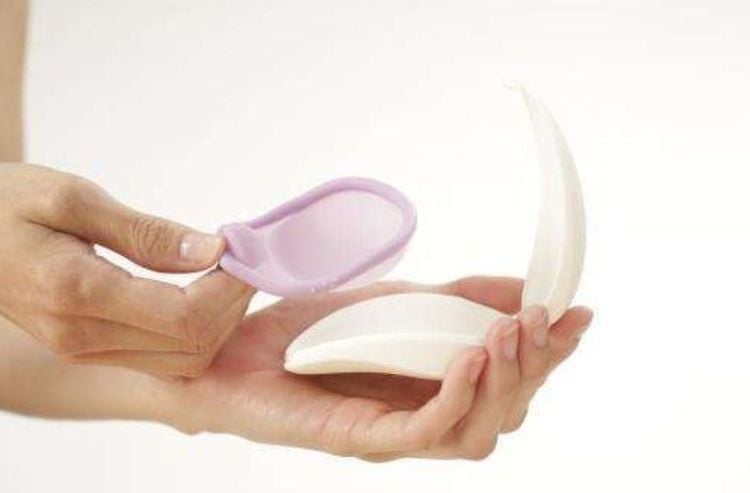
Màng ngăn âm đạo cần được bảo quản trong hộp đựng, nơi khô thoáng
5. When to contact a doctor?
Contact your doctor if you have any of the following:
Problems urinating, pain or difficulty urinating. Vaginal itching or unusual discharge. High fever (this could be a sign of toxic shock). You can also call your doctor if the diaphragm has a tear or doesn't fit properly. Diaphragms with any problems should be replaced, as their use increases the risk of pregnancy.
In summary, diaphragmatic contraception is an effective method of contraception that uses the diaphragm to fit snugly into the uterus. Contraception with a diaphragm is very safe for women, but there are still some problems caused by the diaphragm. Therefore, when you see abnormalities in the vagina such as painful urination, difficulty urinating, vaginal itching, etc., it is necessary to immediately go to a medical facility for examination and timely intervention.
Please dial HOTLINE for more information or register for an appointment HERE. Download MyVinmec app to make appointments faster and to manage your bookings easily.





